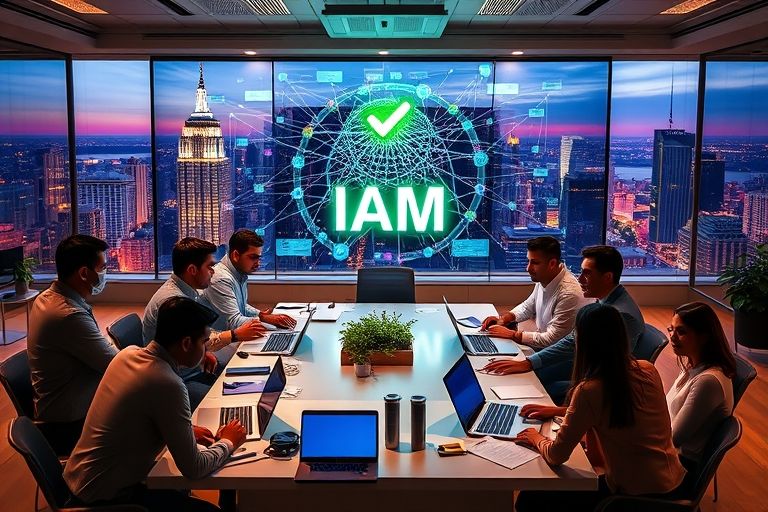Understanding the Role of Identity and Access Management in Achieving Compliance
With the increasing number of data breaches and cyber threats, organizations are becoming more concerned about protecting their sensitive information. One of the most effective ways to achieve this is through identity and access management (IAM).
What is Identity and Access Management (IAM)?
IAM is a framework of policies and technologies that ensures that only authorized individuals have access to critical information and systems. It involves managing the identities of users, devices, and applications and controlling their access to resources based on their roles and responsibilities.
How IAM Helps Achieve Compliance?
Compliance regulations such as the General Data Protection Regulation (GDPR), the Health Insurance Portability and Accountability Act (HIPAA), and the Payment Card Industry Data Security Standard (PCI DSS) require organizations to implement strict security measures to protect sensitive data. IAM helps organizations meet these requirements in the following ways:
- Access Control: IAM ensures that only authorized users have access to sensitive data, reducing the risk of data breaches and unauthorized access.
- Identity Management: IAM solutions provide a centralized system for managing user identities, reducing the risk of identity theft and fraud.
- Audit and Compliance: IAM solutions provide a comprehensive audit trail of user activity, making it easier to track user access and detect any unauthorized activity.
Examples of IAM Solutions for Compliance
There are several IAM solutions that organizations can implement to achieve compliance. Some of the most popular solutions include:
- Single Sign-On (SSO): SSO allows users to access multiple applications with a single set of login credentials, reducing the risk of password-related security issues.
- Multi-Factor Authentication (MFA): MFA adds an additional layer of security to user authentication, requiring users to provide multiple forms of identification to access sensitive data.
- Role-Based Access Control (RBAC): RBAC assigns roles and permissions to users based on their job responsibilities, ensuring that they only have access to the resources they need to perform their duties.
Statistics and Facts on IAM and Compliance
- According to a study by the Ponemon Institute, the average cost of a data breach is $3.86 million.
- Identity theft is one of the fastest-growing crimes in the world, with over 1 billion records compromised in 2020 alone.
- By 2023, it is estimated that 80% of all successful attacks will involve compromised credentials.
Conclusion
IAM is an essential component of any organization's security strategy, helping to reduce the risk of data breaches and ensuring compliance with regulatory requirements. By implementing IAM solutions such as SSO, MFA, and RBAC, organizations can achieve a higher level of security and protect their sensitive data from cyber threats.
